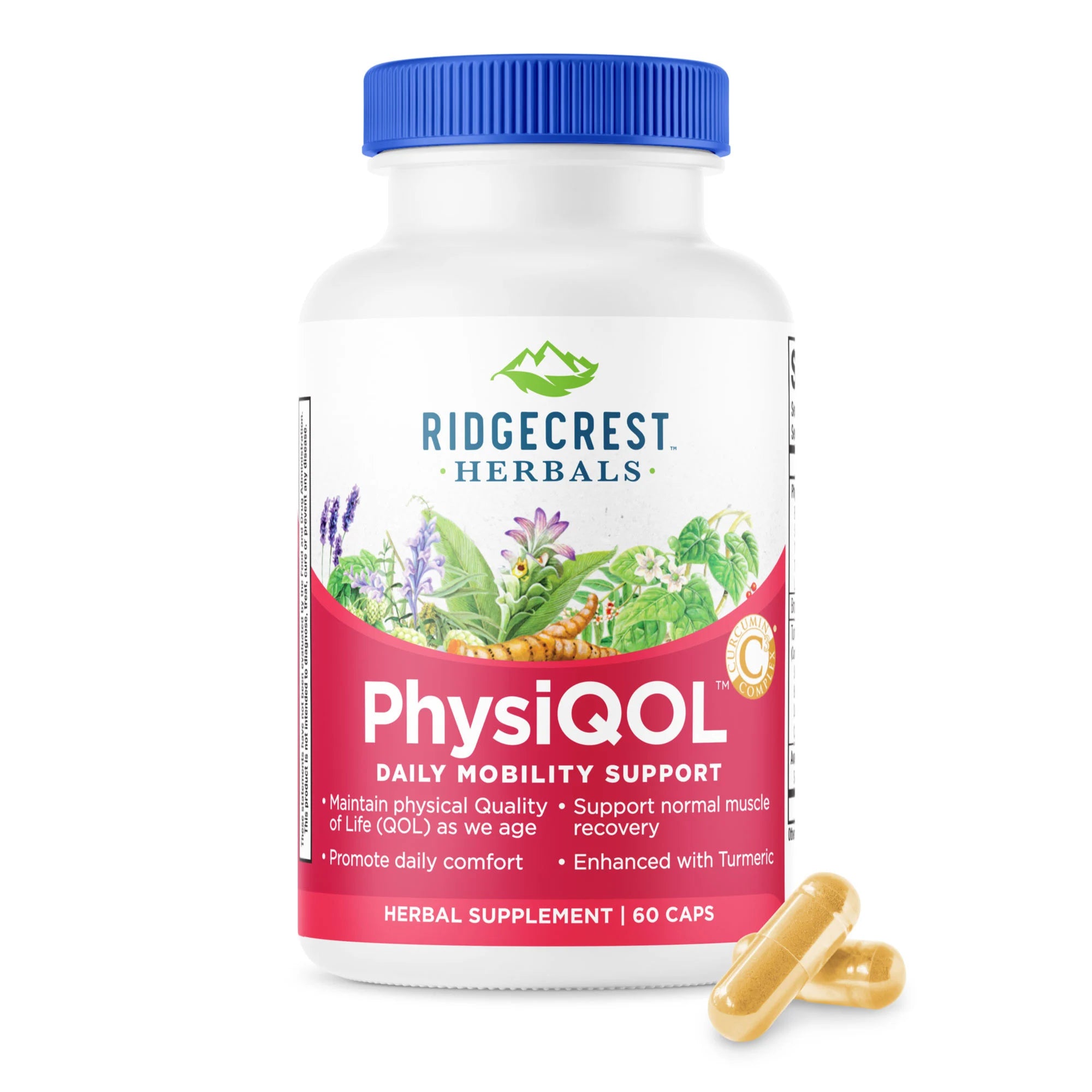Spring Garden Guide: Companion Planting, Soil Prep & Smart Tips for Success 🌱
Spring is here, and there’s nothing like getting your hands in the dirt and planning your garden’s return to life. Whether you're growing vegetables in raised beds, backyard rows, or containers on your patio, spring gardening is a season of fresh starts. One of the best ways to support a healthy, productive garden? Companion planting, a time-tested method that uses the relationships between plants to improve growth, reduce pests, and boost yields naturally.
In this guide, we’ll walk you through:
- Companion planting basics and plant pairings
- When to plant based on your zone
- How to prepare your garden soil
- Tips for planting success from seedling to harvest
Let’s dig in! 🌿
🌻 Companion Planting: Let Your Plants Be Best Friends Tips from Shae
Did you know that plants have natural allies and rivals? Companion planting is the practice of placing certain plants together to help them thrive. Some pairings improve pollination, ward off pests, or provide shade and support. Others... well, they just don’t get along. Knowing which plants to group (and which to separate) makes a world of difference in your spring garden.
One of the oldest examples is the Native American Three Sisters technique , growing corn, beans, and squash together. The corn offers support, the beans fix nitrogen in the soil, and the squash shades the ground to reduce weeds. Genius, right?
Even flowers like sunflowers are helpful companions. They attract pollinators, provide shade, and act as natural pest control by drawing aphids away from more delicate plants. Just avoid planting them next to pole beans and potatoes.
🤝 Plant Friends & Foes: What Grows Best Together
🍅 Tomatoes
Friends: Basil, marigold, asparagus, carrots, celery, onions, lettuce, parsley, spinach
Foes: Cabbage, beets, peas, fennel, dill, rosemary, potatoes
🌶️ Peppers
Friends: Basil, onions, spinach, tomatoes
Foes: Beans
🥒 Cucumbers
Friends: Marigolds, nasturtiums, beans, celery, corn, lettuce, dill, peas, radishes, sunflowers
Foes: Strong aromatic herbs like sage
🧅 Onions
Friends: Carrots, beets, cabbage, lettuce, parsnips, tomatoes, marjoram, savory, rosemary
Foes: Asparagus, beans, peas
🥬 Lettuce
Friends: Mint, chives, garlic, beans, beets, broccoli, carrots, peas, radishes, marigolds
Foes: Parsley
🥒 Zucchini & Summer Squash
Friends: Corn, beans, peas, radishes, dill, marigolds, sunflowers
Foes: Potatoes
🥕 Carrots
Friends: Tomatoes, leeks, rosemary, sage, chives
Foes: Coriander, dill, parsnips
📆 When to Plant: Tips from Melissa
Your planting schedule depends on your USDA growing zone, local climate, and the types of plants you’re growing. Most states have university extension services that provide helpful planting guides by zone.
Pro tips:
- Check your seed packets, they often include ideal soil temperatures and timing.
- Use a soil thermometer (or even a meat thermometer) to check if your soil is warm enough.
- If you see weeds starting to sprout, it’s warm enough for planting.
- I wait until Mother’s Day to plant my containers, the frost risk is low, and hey, someone might gift you plants!
🌾 Preparing the Space: Tips from Abbie
There’s ongoing debate about tilling, but one thing’s clear — healthy soil is everything. Over time, gardening can deplete nutrients, so giving your soil a boost in spring helps set you up for success.
Try this:
- Leaf mulch: Save fall leaves in bags over winter and turn them occasionally. In spring, mix them into your soil for a nutrient-rich start.
- Test your soil: Use a pH soil test kit to see what amendments might be needed to balance your soil for optimal growth.
🌱 How to Plant: Simple Steps for Strong Starts
Starting seeds indoors or bringing home nursery starters? Here’s how to give them a strong head start when transplanting into your garden:
In each planting hole, add:
- 1–2 tbsp bone meal – for phosphorus (great for root development)
- 1 cup chopped banana peels – for potassium
- 1 raw organic egg (cracked) – for calcium
Cover these ingredients with ½ to 1 inch of soil, then plant. Create a small soil well around each seedling (about 6 inches out) to help water soak directly to the roots.
Bonus tip: Top the soil with crushed eggshells to deter slugs and add calcium over time.
Final Thoughts: Spring is the Season to Grow 🌸
With a little planning and a lot of love, your spring garden can become a beautiful and productive space. Companion planting, knowing when and how to plant, and taking time to enrich your soil, these are all simple, nature-inspired ways to grow smarter, not harder.
Here’s to a thriving season ahead. 🌞 Happy planting!








1 comment
Jean corbitt
I loved all the tips for gardening and the Kombucha receipe. Thanks !!
Leave a comment
All comments are moderated before being published.
This site is protected by hCaptcha and the hCaptcha Privacy Policy and Terms of Service apply.